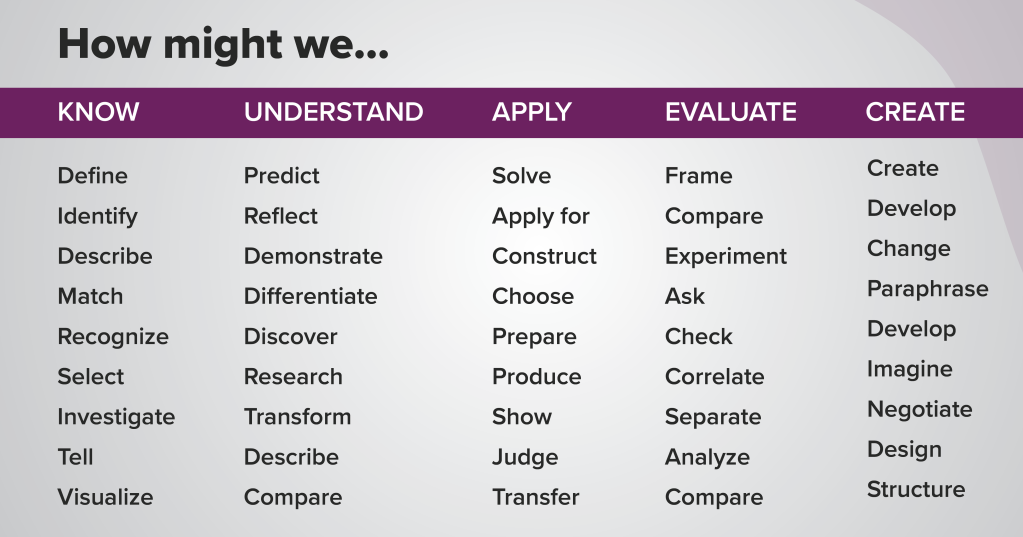So much data is written, spoken, taught and available across the industry on Stakeholder mapping and management and the best surprise or part is, that we all are still struggling to get a handle on this concept and engage our stakeholders in the right way.
I personally believe the basic problem is the one size that fits all approach that all of us apply and think it will always work. Stakeholders come in different shape, size and formats along with their own wimps and fancy, they need to be catered to, nourished and for a lack of idea – We need to do literally baby-sitting for them, but the worst possible element is that we doing just the opposite, we are painting the town RED and look and treat all our stakeholders thru the same lens and 100% similar approaches. This strategy is bound to fail and is actually failing, and we are not learning from the same.
Once again … I shall throw some light on elements that have worked for me, will they work for you, not sure but it would worth reading and relating to your own concepts.
As much we do stakeholder mapping in the initial stages of the project, this concept is always ever-going, it is like Risk Management – to be done on a continuous basis, as stakeholders would change, move out of your engagement, new ones would be added, business dynamics could incur changed, environmental conditions will bring different levels of changes, there is no standard recipe here.
Recommend developing a stakeholder mapping document, this is a visualization document that helps clarify positions and interest of each stakeholder category and individually, it helps to identify the supporting factors of the stakeholder including power structures with in the system.
This analysis helps identify all characteristics of the interest group, their relationship among themselves and serve the purpose of effectively communicating with them.

Draw initial observations about the alliances or power structures along with conflicts between stakeholders (we all know that there is a decent amount of politics in all organizations), we do not want our projects to get stuck in this mess and have clear ideas on management of our deliverables.
Steps to develop Stakeholder Maps:
- This would involve a SPOC from the organization, who is has connections internally in the system, who knows the system inside-out.
- 1st level brainstorming happens with the SPOC and a few select members of the scrum team
- Define and use different symbols for connections. E,g, for more complex elements use broken lines.
- When developing the map, consider the following:
- Why this project?
- What are the goals and objectives at Business Level, Department level and Org level?
- Who will benefit from its success?
- Who has an interest in the project getting successfully rolled out?
- Who could be your potential showstoppers?
- This would lead to a draft level stakeholder map, which then needs to be validated
- This entire activity of creating the initial draft of the map would be around 60 – 180 mins which again depends on the complexity of the organization and number of stakeholders.
- Remember: it often takes time before all parties involved speak openly about themselves and their own needs and needs of their Business / department / organization.
This approach would help us obtain valuable information on how and when and what to communicate, what should be the format of communication? How often it should be done? Who all needs to be there, at times we also need to identify the personality profiles of our stakeholders, this would enable us to understand if they are detailed oriented or big picture view, as we do not communicate adequately and sufficiently (even though our information would be true and complete), we shall loose the focus of our stakeholders, if to a detailed oriented person we provide high level information and vice versa, it a just a disaster waiting to happen
The dynamics within the team, department and organization are hugely complex and critical. It is important for the Product Owner along with the Scrum team to understand these interactions, and for doing the same, stakeholder mapping as an activity is essential.
Generally, when defining stakeholders, it is important to move away from being generalist and one should be focused on being as specific as possible.

A good stakeholder map can be instrumental for your project success, Applying these principles would solutions worth its salt over a period.
Remember you need to have different approaches and strategies for dealing with the stakeholders who are interested in the outcome of your deliverables and the others who may not be on the same side of the coin as others or yourself. There is no one size that fits all approach.
A few final thoughts:
If you are involved in managing or leading a project, it is your responsibility to ensure the project is delivered successfully. It is up to you to deliver the project on time, to budget and to quality. Stakeholder mapping and stakeholder engagement is crucial to achieving these goals.
Product Owners should not under-estimate the power and value of stakeholder management and engagement, this could be a potential make/break of your assignment.







